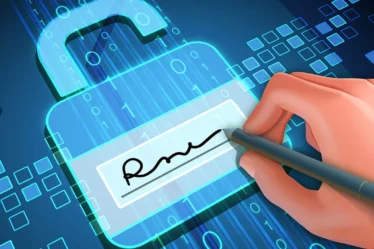
Running a team is a significant job; picture running a company with 10-50 employees or more. Owning your own business is one of the most rewarding experiences in life, but it comes with its own set of obligations. The most important of these roles is employing excellent personnel and ensuring that they do their duties efficiently. Measuring employee productivity through employee monitoring can be difficult because each person has a unique set of jobs and working methods. However, there are techniques to effortlessly maintain track of production to ensure that your firm is well and thriving; here are a few:
How to Easily Keep Track of All Your Employees’ Productivity
1. Set performance standards.
You cannot track your employees’ productivity without first developing measurement standards. You must establish the performance metrics you will use to evaluate production, which is no easy undertaking. Every team and member has a unique job responsibility, and performance requirements are not always consistent. The most crucial thing is that each employee understands their responsibilities. Before tracking staff productivity, you should establish short- and long-term goals.
2. Emphasise Documentation and Communication.
Communication in the workplace is an unavoidable requirement for the workflow to run efficiently. However, it is a vital aspect in measuring employee productivity since it holds each individual accountable. Encourage daily self-reporting to help encourage performance documentation and communication. It will save you time and effort in following down each employee’s daily responsibilities, as well as assist you plan future activities and deal with any problems that arise while knowing the course of action that was taken.
3. Use productivity monitoring software.
One of the most efficient ways to track employee performance is to use employee productivity tracking software, which saves a significant amount of time and work. Not only that, but you’ll have reliable statistics on each person so you can objectively measure their productivity. Employee monitoring application software like Controlio allows you to set performance labels and metrics, monitor which websites and apps your employee uses the most, and track all device activity during work hours. It aids in removing bias from self-reporting and determining each employee’s genuine working hours, allowing for feedback and appropriate action.
4. Track using digital and social platforms.
There are alternative methods of tracking employee productivity that may take longer than software but are nonetheless effective. They are determined by each employee’s work position and responsibilities, therefore you must be fair when deciding which to track. You can monitor e-mail activity, which is important in practically every job. You can also look at their behaviour on workplace social media platforms, including if they communicate with their team and colleagues.
5. Measure the Right Metrics.
Many organisations make the mistake of assessing productivity using time measures. This is far from true because two individuals with the same talents may take longer to do the same activity, but this does not imply that they are less productive. That is why it is critical to select the appropriate criteria for measuring productivity, such as time management skills rather than time spent. It’s also a good idea to establish metrics that quantify job quality rather than quantity; after all, what’s the sense of doing a lot of work if it’s not done well?
6. Provide Constant Feedback
Providing feedback is the most effective technique to track productivity. How is this possible, you might ask? It’s very simple: after you give your employees criticism, you can watch how they react to it and whether they’re working to fix their weaknesses. You should also provide them with the tools they need to make these improvements. When it comes to increasing productivity, feedback and success-oriented training perform wonders. You can test multiple strategies before and after providing feedback to see what works best for your staff.
Conclusion
These are the simplest techniques to track staff productivity, and each is efficient to differing degrees. Using technology for such responsibilities as a manager is, of course, the greatest method to save time and analyse data immediately, rather than spending time collecting, analysing, and then deciding on a plan of action. Just remember to account for the human element when tracking staff productivity, which may entail issuing passes for lower production on occasion. Remember that your staff are not machines; they have personal lives and may struggle to be productive on certain days.


